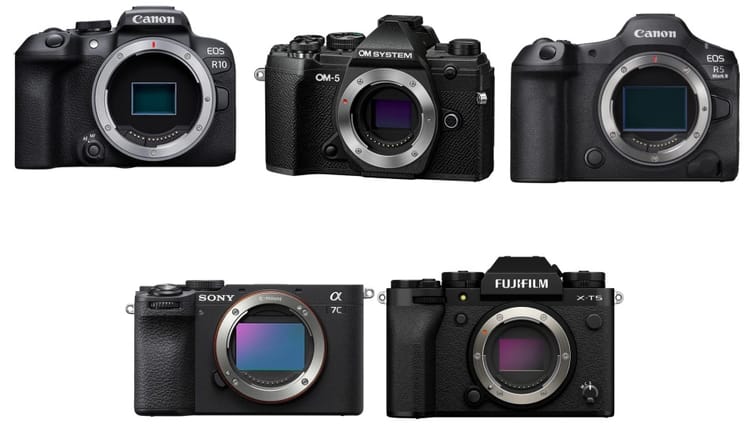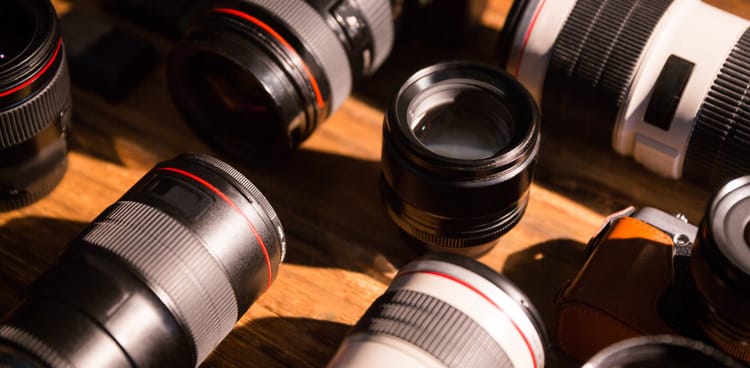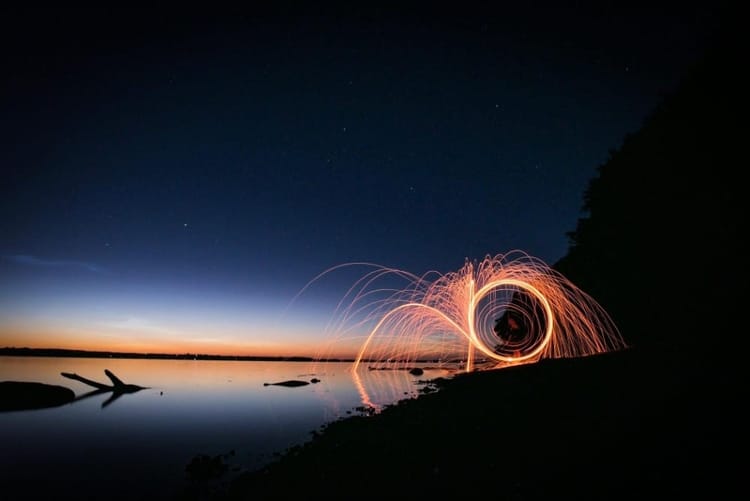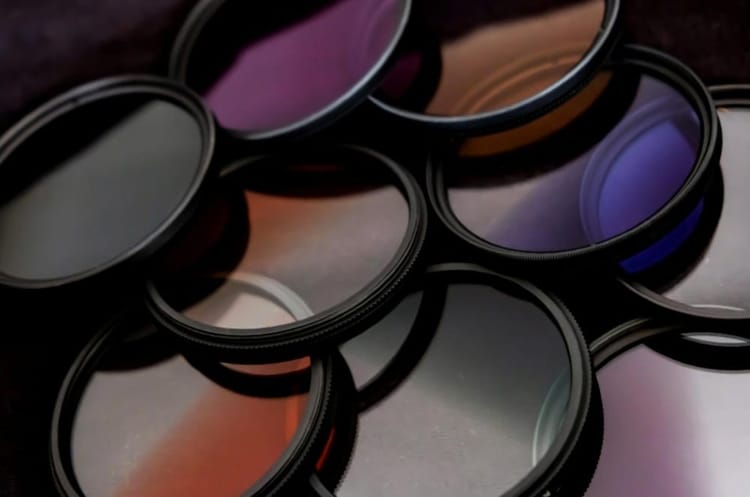Street Photography: Best Third-Party Prime Lenses for Nikon Z
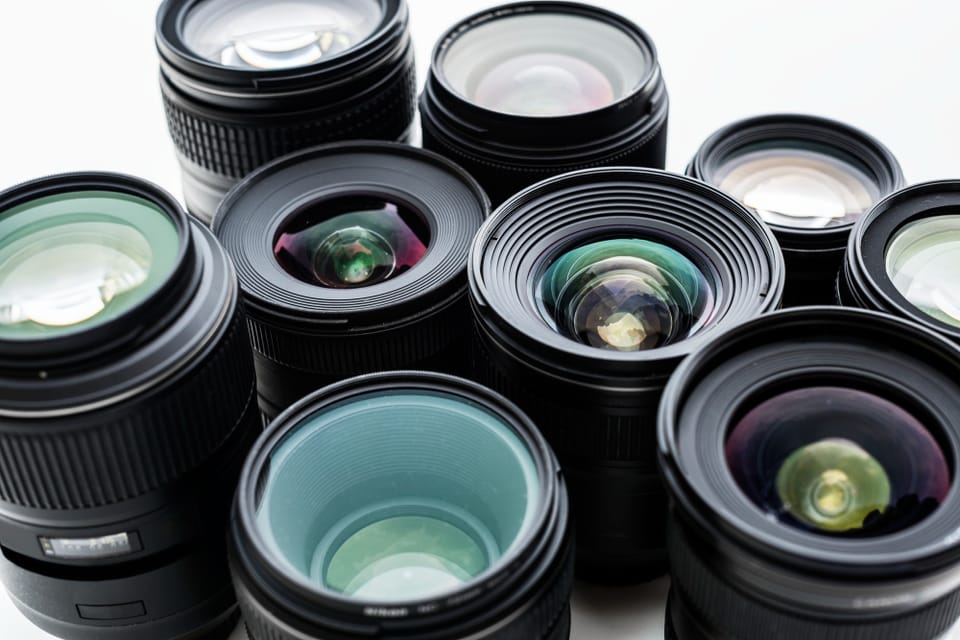
The Nikon Z series has emerged as a leading player in the mirrorless camera market, offering excellent image quality, robust ergonomics, and cutting-edge technology for professional and enthusiast photographers. While Nikon provides an excellent selection of native Z-mount lenses, third-party lens manufacturers have been quick to develop alternatives that offer great value and unique features. For photographers looking for prime lenses that provide superior optics, robust build quality, and often competitive pricing, third-party lenses from brands like Venus Laowa, Viltrox, Meike, and Thypoch offer compelling options.
In this blog post, we’ll dive into the performance, build quality, and use cases of four exciting third-party prime lenses designed for the Nikon Z full-frame system: the Venus Laowa Argus 35mm F0.95 FF, Viltrox 50mm F1.8 Z, Meike 50mm f1.8 AF, and Thypoch Simera 35mm F1.4 Z. Each of these lenses has its strengths and weaknesses, so we’ll explore what makes them stand out and how they compare to each other in real-world use.

1. Venus Laowa Argus 35mm F0.95 FF
Overview
The Venus Laowa Argus 35mm F0.95 FF is a premium ultra-fast prime lens, designed to offer photographers a unique creative tool, with the exceptional ability to shoot in low light and create images with stunning bokeh and subject isolation. Laowa is known for producing lenses that focus on niche markets, and the Argus 35mm F0.95 FF is no exception. This lens is specifically designed for those who want to push the limits of low-light photography and achieve cinematic depth-of-field effects.
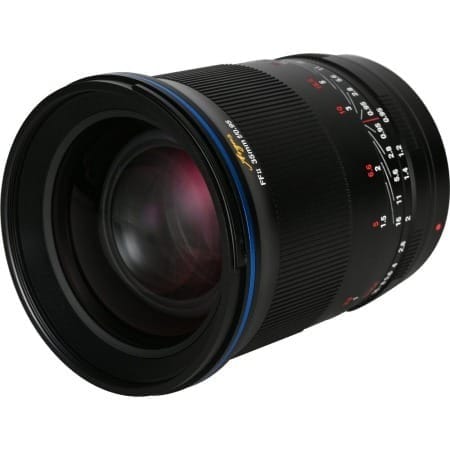
Key Features
- Aperture: F0.95 maximum aperture
- Focal Length: 35mm (equivalent to roughly 52mm on APS-C)
- Lens Construction: 14 elements in 9 groups, including 1 aspherical element, 1 ED (Extra-Low Dispersion) glass, and 4 UHR (Ultra-High Refractive) elements.
- Manual Focus: This lens is fully manual, meaning you’ll need to focus manually and control the aperture via the lens aperture ring.
- Closest Focusing Distance: 50cm (19.7 inches)
- Weight: 755g (1.66 lbs)
Performance
With its extreme F0.95 aperture, the Venus Laowa Argus 35mm F0.95 is one of the fastest lenses available for the Nikon Z system. The ability to shoot at such wide apertures allows for incredibly shallow depth-of-field images, making it ideal for portraits, astrophotography, or artistic shots where subject isolation and creamy bokeh are desired. The 35mm focal length offers a versatile field of view for everyday use, landscapes, and street photography.
Sharpness: The center sharpness at F0.95 is impressive, though, as expected, the corners do soften at such wide apertures. Stopping down to F2.0 or F2.8 significantly improves edge sharpness, making the lens more suitable for broader landscapes or architectural photography.
Bokeh: The Argus 35mm F0.95 truly shines when it comes to bokeh. Thanks to its 15-blade aperture, the bokeh is smooth and round, giving images a dreamy, almost painterly quality. The lens excels at rendering out-of-focus highlights beautifully, with minimal harshness or onion-ring effects.
Chromatic Aberration & Distortion: Given the large aperture, some chromatic aberration is noticeable, especially in high-contrast scenes. However, it's not severe and can often be corrected in post-processing. Distortion is minimal, especially for a lens of this focal length.
Build Quality
The build quality of the Venus Laowa Argus 35mm F0.95 FF is solid, with an all-metal construction that feels premium and durable. The focus ring is smooth and well-damped, making manual focusing precise. However, this lens is quite heavy, so for those who prefer lighter setups, it might not be the most comfortable lens for all-day shooting.
Use Cases
This lens is ideal for photographers who specialize in low-light photography, portraits, and creative work where bokeh and subject isolation are priorities. It’s also perfect for video work, especially for those looking for that shallow depth of field and cinematic look.
2. Viltrox 50mm F1.8 Z
Overview
Viltrox has quickly gained a reputation for producing high-quality, affordable lenses for mirrorless cameras, and the Viltrox 50mm F1.8 Z is no exception. This lens offers Nikon Z shooters an affordable yet high-performing standard prime lens. The 50mm focal length is a classic choice for portrait, street, and general-purpose photography, and the F1.8 aperture strikes a balance between low-light performance and portability.
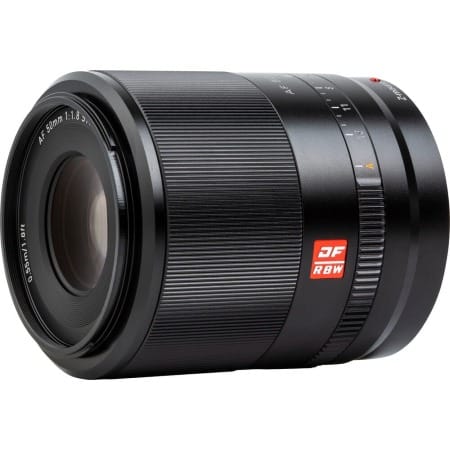
Key Features
- Aperture: F1.8 maximum aperture
- Focal Length: 50mm
- Lens Construction: 11 elements in 10 groups, including one ED glass element and two high-refractive elements.
- Autofocus: Fast, accurate autofocus powered by a stepping motor (STM).
- Closest Focusing Distance: 55cm (21.6 inches)
- Weight: 390g (0.77 lbs)
Performance
The Viltrox 50mm F1.8 Z delivers reliable performance for its price, offering good sharpness, fast autofocus, and an attractive rendering. While it doesn’t compete with the Nikon Z 50mm F1.8 S in every aspect, it holds its own as a more affordable option.
Sharpness: The lens performs well in terms of sharpness, especially in the center of the frame at wide apertures. By F2.8, the edges sharpen up considerably, making this a solid performer for portraits, where corner sharpness is not as critical.
Autofocus: Autofocus is fast and reliable, thanks to the STM motor. It’s quiet enough for video work, making it a good option for hybrid shooters who alternate between stills and video.
Bokeh: The bokeh is pleasing, with smooth transitions from in-focus to out-of-focus areas. It’s not as creamy as what you’d get from an F1.4 lens, but it’s still attractive for portrait work.
Chromatic Aberration & Distortion: Chromatic aberration is well-controlled, even in high-contrast scenarios. Distortion is negligible, which is expected from a prime lens of this focal length.
Build Quality
The Viltrox 50mm F1.8 Z feels solidly built, with a mostly metal construction. It’s lightweight and compact, making it a good option for everyday use or travel. The focus ring is smooth, but because this lens has autofocus, you won’t be relying on manual focus as much unless you prefer it for creative control.
Use Cases
The Viltrox 50mm F1.8 Z is an excellent all-around lens for photographers who need a standard prime for portraiture, street photography, or low-light scenarios. It’s also a great option for video work, thanks to its quiet autofocus system.
3. Meike 50mm f1.8 AF
Overview
Meike has established itself as a budget-friendly alternative in the third-party lens market. The Meike 50mm f1.8 AF is one of the most affordable 50mm prime lenses for Nikon Z users, and it offers a basic, no-frills option for photographers looking to get into prime lens photography without breaking the bank.
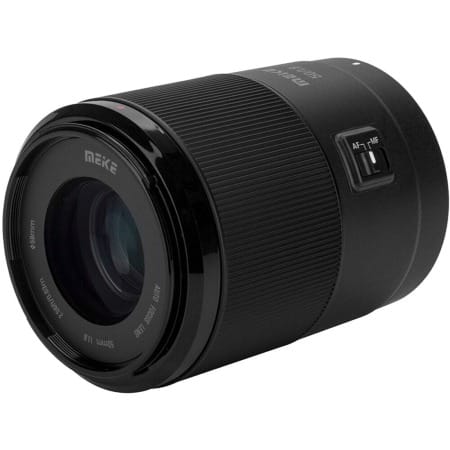
Key Features
- Aperture: F1.8 maximum aperture
- Focal Length: 50mm
- Lens Construction: 11 elements in 7 groups.
- Autofocus: Basic autofocus system, not as fast or refined as higher-end lenses.
- Closest Focusing Distance: 63cm
- Weight: 382g
Performance
As a budget lens, the Meike 50mm f1.8 AF delivers decent performance, but it’s important to temper expectations based on its price point. It’s a great entry-level option for those new to prime lenses or on a tight budget.
Sharpness: Sharpness is acceptable at F1.8, particularly in the center. However, edge sharpness improves significantly when stopped down to F2.8 or F4. For portrait photographers, the softness at the edges isn’t a major issue, as it can actually enhance subject separation.
Autofocus: Autofocus performance is adequate, though not as fast or quiet as more premium options like the Viltrox or Nikon’s native lenses. It’s fine for casual use but may struggle in fast-moving situations or low-light conditions.
Bokeh: The bokeh is decent, but not as creamy or smooth as higher-end lenses. The seven-blade aperture produces bokeh that can be somewhat busy in high-contrast areas.
Chromatic Aberration & Distortion: Chromatic aberration is noticeable, particularly when shooting wide open in high-contrast environments. However, these can often be corrected in post-processing. Distortion is minimal, which is typical for a 50mm lens.
Build Quality
The build quality of the Meike 50mm f1.8 AF is reflective of its price. It’s primarily made of plastic, which keeps it lightweight but doesn’t inspire as much confidence as metal-constructed lenses. However, for the price, it’s hard to complain. The focus ring is functional but doesn’t offer the smoothness of more expensive lenses.
Use Cases
This lens is ideal for beginner photographers or those on a budget who still want the benefits of a prime lens with a bright F1.8 aperture. It’s a good choice for portraiture, street photography, or casual everyday shooting.
4. Thypoch Simera 35mm F1.4 Z
Overview
The Thypoch Simera 35mm F1.4 Z is another third-party offering designed for Nikon Z full-frame cameras. This lens provides a balance between an ultra-bright aperture and a classic 35mm focal length, which is favored by many photographers for its versatility.
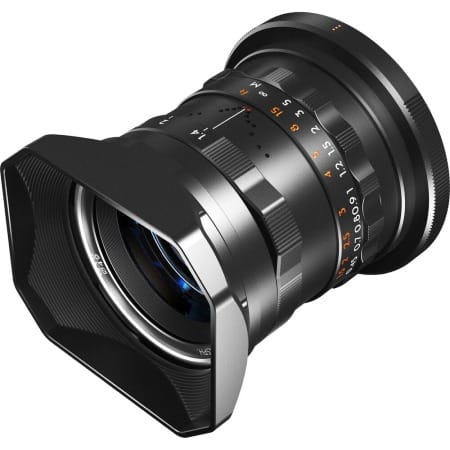
Key Features
- Aperture: F1.4 maximum aperture
- Focal Length: 35mm
- Lens Construction: 9 elements in 5 groups.
- Autofocus: No
- Closest Focusing Distance: 45cm
- Weight: 309g
Performance
The Thypoch Simera 35mm F1.4 Z offers a bright aperture for low-light shooting and creative depth-of-field effects. Its autofocus performance is competitive, and it produces pleasing images in a range of scenarios.
Sharpness: Sharpness is excellent in the center at F1.4, and edge sharpness improves when stopped down to F2.8. This makes it a great choice for environmental portraits or landscape photography, where detail across the frame is important.
Bokeh: The bokeh is smooth and pleasing, though not as dreamy as the Venus Laowa Argus 35mm F0.95. Still, for an F1.4 lens, the out-of-focus areas are rendered attractively, making it suitable for portrait and subject isolation work.
Chromatic Aberration & Distortion: Chromatic aberration is well-controlled, and distortion is minimal, making this lens a solid choice for architecture or street photography.
Build Quality
The Thypoch Simera 35mm F1.4 Z is well-constructed, with a mix of metal and high-quality plastics that give it a durable feel. It’s not as heavy as the Venus Laowa Argus, but it’s still solid enough for professional use. The focus ring is smooth and precise, making manual focus easy when needed.
Use Cases
This lens is a versatile option for photographers who shoot portraits, street, and general-purpose photography. Its fast aperture makes it ideal for low-light situations, while its autofocus system makes it reliable for both stills and video.
Conclusion
Choosing the best third-party prime lens for your Nikon Z full-frame camera depends on your shooting style, budget, and the type of photography you enjoy. Here’s a quick summary to help you decide:
- Venus Laowa Argus 35mm F0.95 FF: Ideal for photographers who want to push the limits of shallow depth of field and low-light performance. This is a lens for those who prioritize bokeh and artistic expression over portability or autofocus convenience.
- Viltrox 50mm F1.8 Z: A great all-around lens with reliable autofocus, solid image quality, and a very attractive price. It’s a great choice for portraiture, street photography, and even video.
- Meike 50mm f1.8 AF: An affordable entry-level lens that’s perfect for beginners or budget-conscious photographers. It won’t match the performance of more expensive lenses, but it’s a solid value for the price.
- Thypoch Simera 35mm F1.4 Z: A versatile, fast-aperture lens that balances image quality, autofocus performance, and price. This lens is great for general-purpose photography and low-light work.
Each of these lenses offers something unique, whether it’s the ultra-fast aperture of the Venus Laowa Argus or the budget-friendly Meike 50mm f1.8 AF. No matter which lens you choose, these third-party options provide excellent alternatives to Nikon’s native Z lenses, expanding your creative possibilities and helping you get the most out of your Nikon Z full-frame camera.

